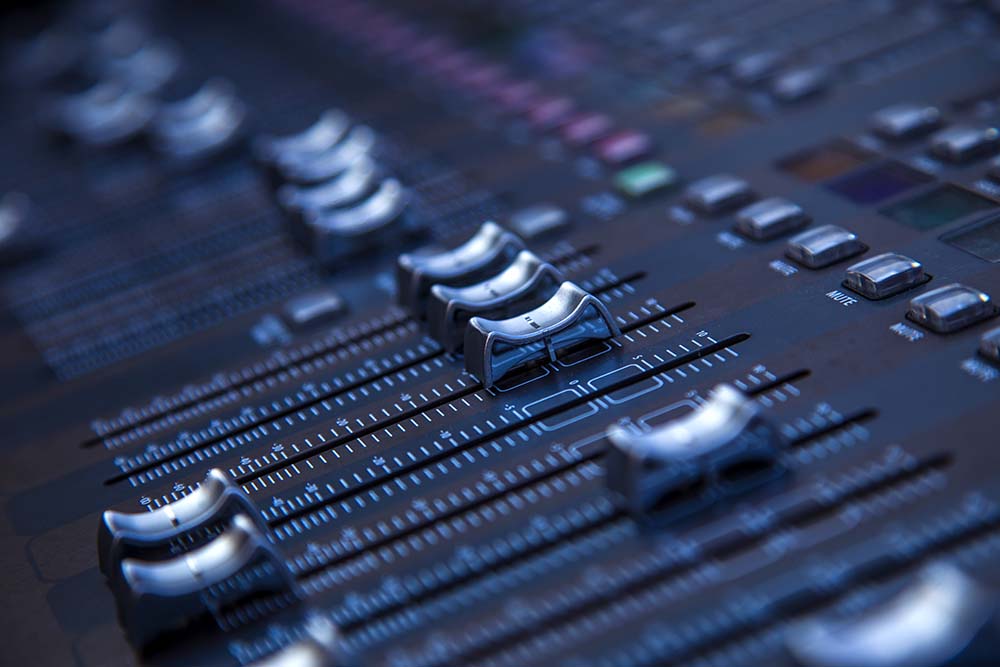Each song's eq might appear perfect by itself, but if you series them together, all of a sudden one song sounds too bright (or too dull ...). Changing the eq can even whatever out. Suggestion # 1: remember that any eq modifications to your stereo mix impact the whole mix - if you want to cut 3 db at 80Hz due to the fact that your mix sounds muddy, keep in mind to inspect how that affects all the instruments (e.g. the vocal), not simply the bass guitar and kick drum. Idea # 2: if you're uncertain about an eq decision throughout mixdown, know that it's easier to cut lower frequencies in mastering than to boost them, and much easier to increase higher frequencies than to cut them. Compression: In mastering, this is utilized not just to control a mix or to include character, but likewise to "print" or send out as much level to the master as possible without clipping the signal. This can almost seem like a competitors for who has the loudest cd (" my record sounded fantastic till I listened on my CD carousel and Green Day was 5 db louder!"). Mastering engineers must stabilize level with sonic integrity. Levels: Preferably, a listener can play your record and not have to get up to adjust the volume. This is attended to in mastering, after the record has been sequenced. Just then can you truly know how levels connect to each other as one song ends and the next starts.
Spacing & Crossfading.
Spacing: there are different viewpoints as to how one must approach the spaces put in between tunes on a record. Some feel the downbeat of one song must fall at the start of a new bar, in the pace of the previous tune (to continue the flow.) Others believe you ought to prevent this like the plague, due to the fact that it decreases the effect. In the end, do whatever feels right. There is no requirement. Cross-fade your songs if you like, or location 6 seconds between them. (2-4 seconds prevails in many popular, non-classical records, however it's up to you.) Last pointer: you may be inclined to master the very same recordings that you mixed, whether it is for monetary reasons, innovative factors, or merely due to the fact that you can. But we highly advise that you get another person to master your task. The neutrality and fresh ears they bring to the table inevitably lead to a stronger, more cohesive album.
Normal areas of concern for a mastering engineer are: equalization (eq), compression, levels (volume) relative from one tune to the next, and spacing in between tunes. Or you may have ten tunes blended by three different engineers in 5 various studios.
Each song's eq may appear perfect by itself, but if you sequence them together, unexpectedly one tune sounds too bright (or too dull ...). Idea # 1: keep in mind that any eq changes to your stereo mix affect the entire mix - if you desire to cut 3 db at 80Hz because your mix sounds muddy, remember to inspect how that impacts all the instruments (e.g. the vocal), not simply the bass guitar and kick drum. Compression: In mastering, this is used not just to manage a mix or to include character, however also to "print" or send as much level to the master as possible without clipping the Free Type Beat Hip Hop signal.
